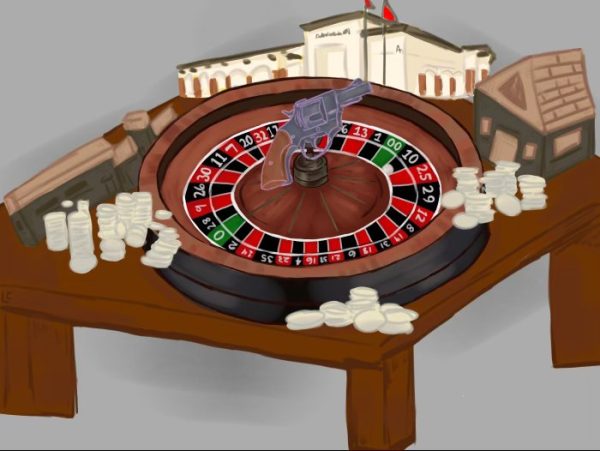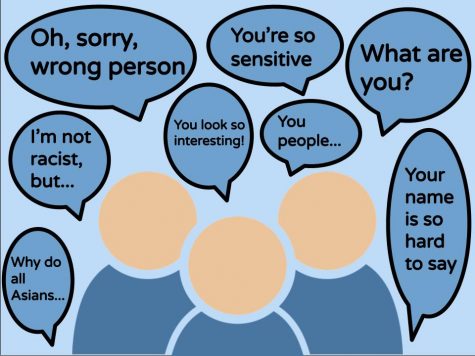The Problem with Forcing the Pledge
Every one of us has been conditioned throughout our lives to stand for the Pledge of Allegiance. But while it is a requirement in California Education Code that schools conduct daily patriotic exercises, it is not required that students participate in them.
Lately, it has become more apparent that our country has neglected some of the promises voiced in the Pledge, leading to some individuals choosing to avoid standing.
Students may choose not to stand for the Pledge for many reasons. For some, it’s for religious reasons. Their faith prohibits them from pledging allegiance to secular symbols. For others, it’s refraining from reciting words that do not reflect one’s beliefs.
Both are protected under our First Amendment which protects religious liberty, free speech as well as our right to protest.
We protest the fact that as much as we may “pledge” to fight for “liberty and justice for all,” these promises are not honored. There is no justice in the treatment of BIPOC, there is no justice in the wage inequality that plagues our country, there is no justice in wealth inequality.
For some people, standing for the Pledge is a homage to our troops or an expression of patriotism. For individuals choosing not to stand, it pays homage to those who were promised things which were never granted. Freedoms that many would not even think to consider a luxury, like the freedom to live your life without fear of being shot by the police or without panic of being accused for a crime you did not commit.
By silently protesting the Pledge of Allegiance, we are exercising our First Amendment rights. However, these rights are jeopardized when teachers and staff members reprimand us for not standing, and in many cases even force us to stand.
As students of a public school, teachers cannot require us to pledge our allegiance. Several cases support this idea. In Goetz v. Ansell (1973) the 2nd U.S. Circuit Court of Appeals ruled that standing for the pledge “can no more be required than the Pledge itself.”
Similarly, the case of Lipp v. Morris (1978) held that students could not even be required to stand silently as other students gave the Pledge.
The Supreme Court refused to hear appeals on these cases, which allows the lower courts decisions to stand, affirming the rights of students not to engage in compelled speech if it’s contrary to their beliefs.
Your teacher can’t make you stand for the Pledge, and neither can your peers. Silent protests are just as valid and mean just as much as any other form of protest. To portray sitting during the Pledge of Allegiance as hatred for America is inaccurate.
We sit to recognize those who go unrecognized in the Pledge, in hopes that equitable change will be made and the day will come where we can all stand during the Pledge of Allegiance and say that we have truly achieved “liberty and justice for all.”
Your donation will support the student journalists of San Juan Hills High School. Your contribution will allow us to cover our annual website hosting costs.




